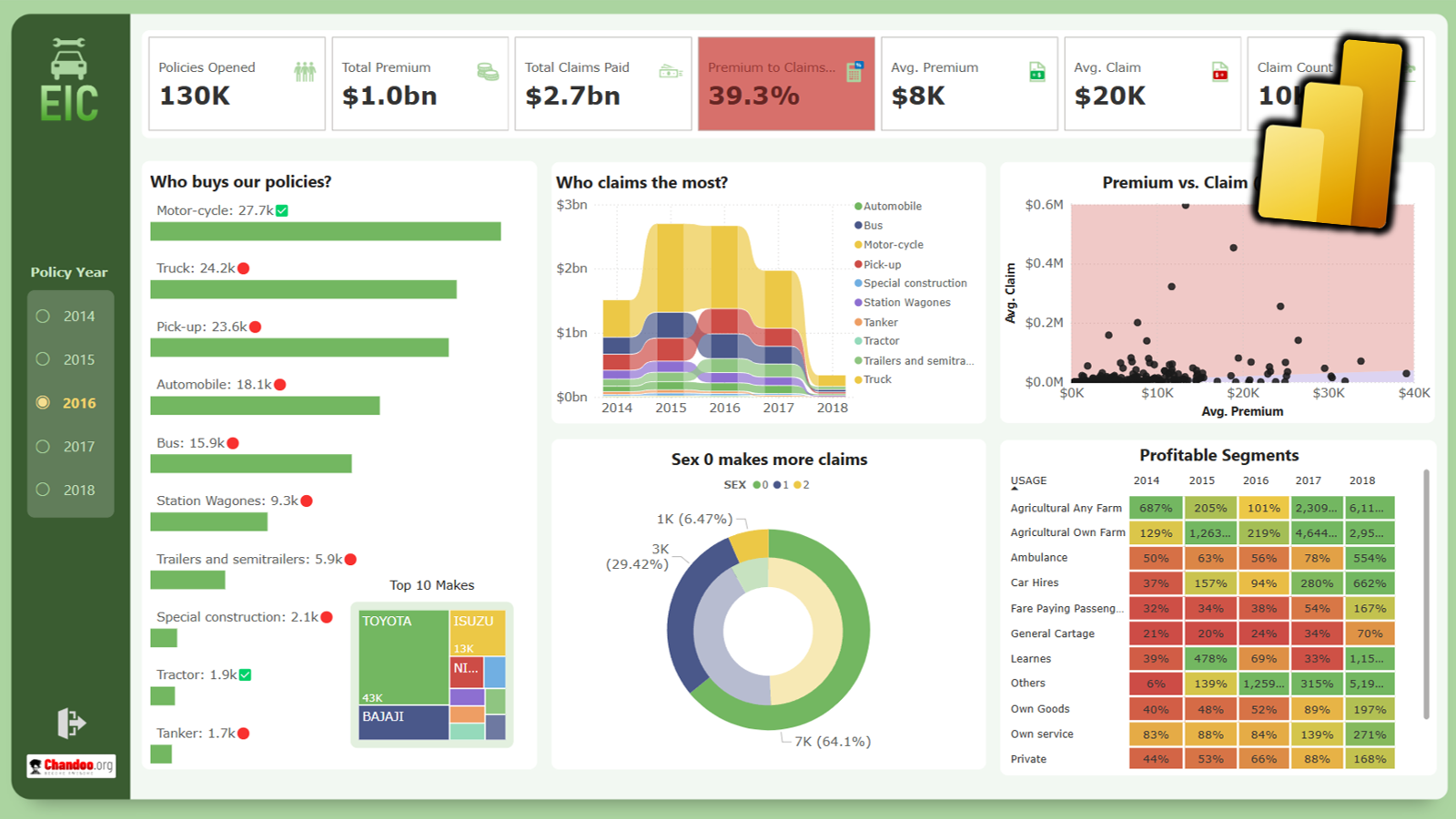We can use a variety of formulas to round numbers in Excel depending on the situation. We have ROUND, ROUNDUP, ROUNDDOWN, MROUND, INT, TRUNC, CEILING, FLOOR, FIXED, EVEN, ODD and few more. To know how to use all these formulas and how to round numbers based on any criteria, just read on.
Rounding Formulas in Excel
Before learning the tips, first lets understand various rounding formulas & what they do. Look at this:
| Formula | What it does? |
| ROUND | Rounds a number to specified decimal points (or multiples of 10) |
| ROUNDUP | Rounds up a number |
| ROUNDDOWN | Rounds down a number |
| MROUND | Rounds to nearest multiple of specified number |
| INT | Rounds down to nearest integer |
| TRUNC | Gives you only integer portion |
| CEILING | Rounds up a number to nearest multiple of 1,10,100… |
| FLOOR | Rounds down a number to nearest multiple of 1,10,100… |
| EVEN | Gives next even number |
| ODD | Gives next odd number |
| FIXED | Rounds and converts to text format (with commas if you want) |
18 Rounding Formula Tips
1. Round to 2 decimal points
Example: 1.2649 to 1.26
2. Round up to 2 decimal points
Example: 1.2649 to 1.27
3. Round to nearest integer
Example: 1.2649 to 1
4. Round to nearest multiple of 10
Example: 544.234 to 540
5. Round up to nearest multiple of 10
Example: 544.234 to 550
6. Round to nearest thousand
Example: 312789123 to 312789000
7. Round to nearest million with one decimal point
Example: 312789123 to 312.8
8. Round to nearest multiple of 2
Example: 43 to 44
9. Round to nearest multiple of 5
Example: 93 to 95
10. Round down to hundred
Example: 301 to 300
11. Get only the integer portion of a number
Example: -23.34 to -23
12. Round a number to 2 decimals and convert to text
Example: 312789.26921 to 312,789.27
13. Get next even number
Example: 42.1 to 44
14. Get next odd number
Example: 44.93 to 45
15. Round to nearest quarter ($0.25)
Example: 19.14 to 19.25
16. Round to next 9 (ie 19,29,39 etc.)
Example: 23 to 29
17. Round up to next 1000
Example: 124567 to 125000
18. Get only decimal portion of a number
Example: 23.345 to 0.345
Download Rounding formula example workbook
Click here to download example workbook & understand these formulas better.
What about .2 tips?
Well, those are for you to fill down. Go ahead and write formulas for both these situations & you have the .2 tips!
18.1 Waiter friendly pricing
Lets say you run a hotel where customers usually tip 15% of bill amount. Now, to make it easy, you want to price your items such that when 15% is added, the total amount becomes a round number like $1.00, $2.00 etc.
For example: If a dish’s current price is $2.50, then 15% tip on it would be $0.37. This makes the total $2.87.
If you modify the price to $2.60, with tip the total would be $3.00.
Assuming current price of a dish is in A1, what formula will give you new price?
18.2 Rounding to nearest Monday
Lets say you have some dates in a list and you want them to round to nearest Monday. Assuming you have a date in A1, what formula gives nearest Monday?
Go ahead and figure them out. Post your answers using comments.





















